On the afternoon of February 29, information from Bach Mai Hospital said that recently, the hospital's Pediatric Center successfully treated and intervened on a newborn with pulmonary artery stenosis - a complex congenital heart disease.
Specifically, the patient is D.TM, from Lap Thach - Vinh Phuc. According to the family, when going for a pregnancy check-up at week 31, the mother was diagnosed with a risk of heart problems in the fetus. Immediately, local doctors contacted and discussed expertise with Master, Doctor Nguyen Trung Kien - Deputy Director of the Pediatric Center, Bach Mai Hospital. After that, the mother went to Bach Mai Hospital for a more thorough examination.
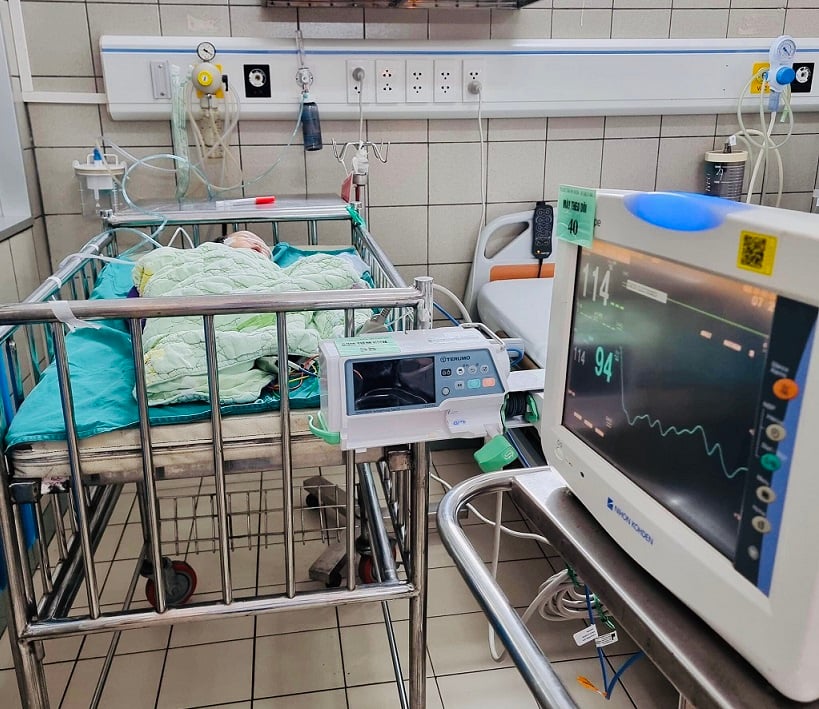
Newborns receive intervention immediately after birth. Photo: BVCC
Here, the doctors performed an ultrasound and diagnosed a 31-week-old fetus with severe pulmonary valve stenosis and right ventricular hypoplasia. In such cases, early intervention is required immediately after the baby is born; if not treated promptly, the child's life will be in danger.
After listening to the doctor's explanation, the baby's parents were mentally prepared to cooperate with the doctor in the hope of giving their child a healthy heart. The Pediatric Center - Bach Mai Hospital was also ready to receive and promptly treat the baby right after birth.
On February 20, 2024, baby M was born at week 39, weighing 3.5 kg at Vinh Phuc Maternity and Pediatrics Hospital. After birth, the baby was transferred to Bach Mai Hospital that same afternoon.
The next morning, baby M received the first intervention by Dr. Kien and his colleagues using the pulmonary valve dilation technique. Three days later, the baby received the second intervention using the ductus arteriosus stent placement technique. This is a difficult technique, especially for newborns, because the blood vessels of newborns are extremely fragile.
According to Dr. Kien, the reason for having to intervene twice with the baby is because the baby's right ventricle is hypoplastic, so after dilating the pulmonary valve, a stent must be placed to maintain the ductus arteriosus. The stent placement was performed after 3 days to ensure the highest safety for the baby.
Newborns have low birth weight and weak resistance, so the intervention process must be done with extreme caution but also with great urgency. If there is a mistake while performing the technique, it will affect the baby's life.
The intervention lasts from 1-2 hours with endotracheal anesthesia, especially since the child is always cyanotic due to lack of oxygen, quick and decisive manipulation is needed to open the blood path to the lungs as quickly as possible.
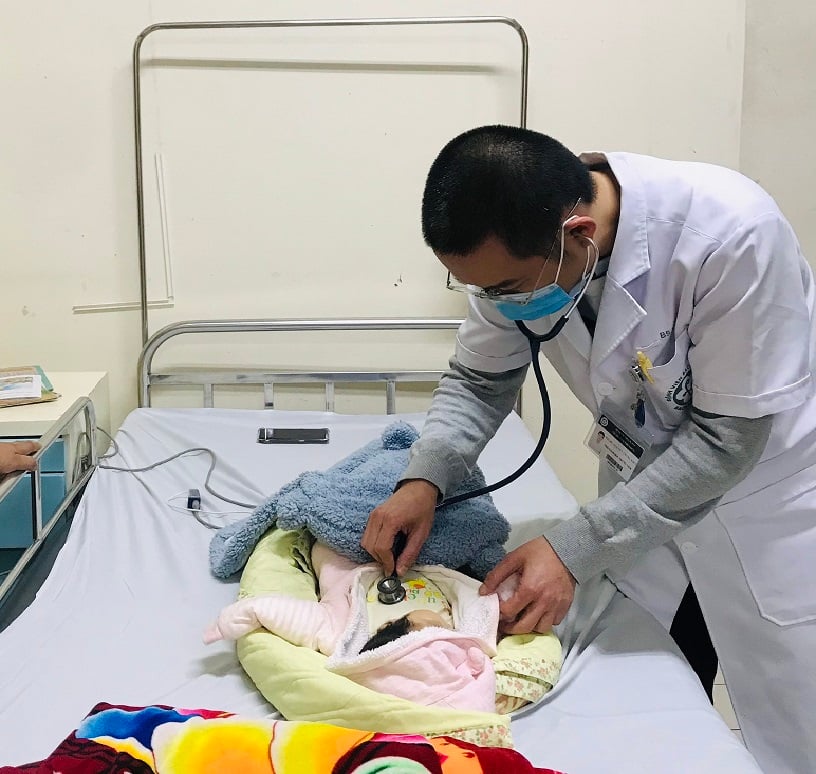
Doctor examines child patient before discharge. Photo: BVCC
After 2 interventions, this morning, February 29, baby M recovered, is healthy, and was discharged from the hospital.
According to Dr. Nguyen Thanh Nam - Director of the Pediatric Center, Bach Mai Hospital, the case of baby M and many other cases that have been successfully treated at the Pediatric Center show the important role of fetal echocardiography.
Diagnosis of congenital heart disease in the fetus has been widely performed in the world and has brought about very clear results in treatment and prognosis, allowing for timely treatment as soon as the child is born.
Therefore, experts recommend that in addition to regular ultrasound examinations of the fetus, mothers should have a fetal echocardiogram to screen for congenital heart disease in the fetus right in the womb so that it can be diagnosed and treated promptly as soon as the child is born.
Western guests praise Vietnamese cuisine
Source


![[Photo] Nhan Dan Newspaper announces the project "Love Vietnam so much"](https://vstatic.vietnam.vn/vietnam/resource/IMAGE/2025/4/17/362f882012d3432783fc92fab1b3e980)
![[Photo] Promoting friendship, solidarity and cooperation between the armies and people of the two countries](https://vstatic.vietnam.vn/vietnam/resource/IMAGE/2025/4/17/0c4d087864f14092aed77252590b6bae)
![[Photo] General Secretary To Lam receives French Ambassador to Vietnam Olivier Brochet](https://vstatic.vietnam.vn/vietnam/resource/IMAGE/2025/4/17/49224f0f12e84b66a73b17eb251f7278)

![[Photo] Closing of the 4th Summit of the Partnership for Green Growth and the Global Goals](https://vstatic.vietnam.vn/vietnam/resource/IMAGE/2025/4/17/c0a0df9852c84e58be0a8b939189c85a)
![[Photo] National Assembly Chairman Tran Thanh Man meets with outstanding workers in the oil and gas industry](https://vstatic.vietnam.vn/vietnam/resource/IMAGE/2025/4/17/1d0de4026b75434ab34279624db7ee4a)
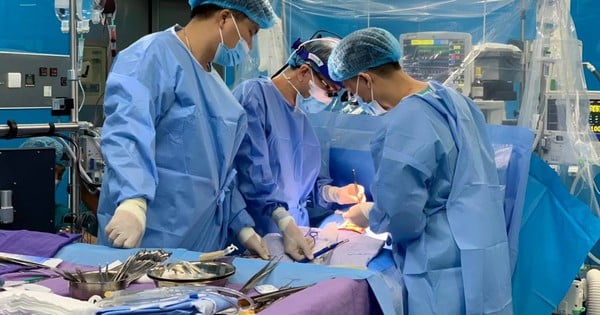






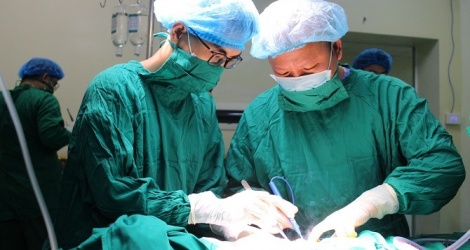

















![[Photo] Welcoming ceremony for Chinese Defense Minister and delegation for friendship exchange](https://vstatic.vietnam.vn/vietnam/resource/IMAGE/2025/4/17/fadd533046594e5cacbb28de4c4d5655)



























![[Video] Viettel officially puts into operation the largest submarine optical cable line in Vietnam](https://vstatic.vietnam.vn/vietnam/resource/IMAGE/2025/4/17/f19008c6010c4a538cc422cb791ca0a1)

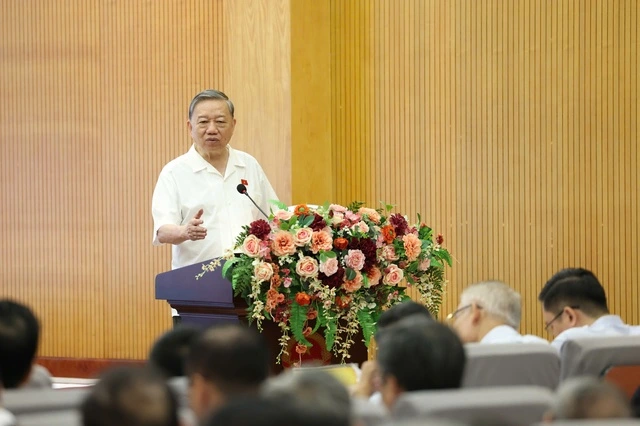

















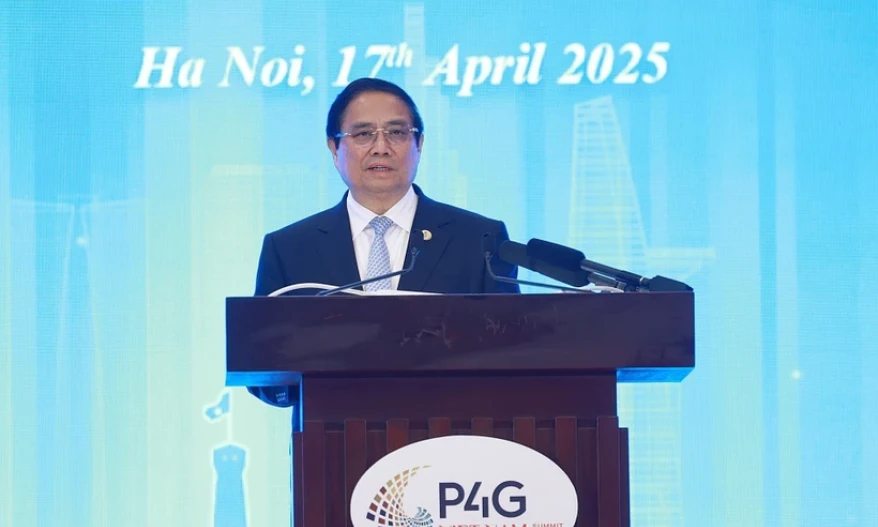













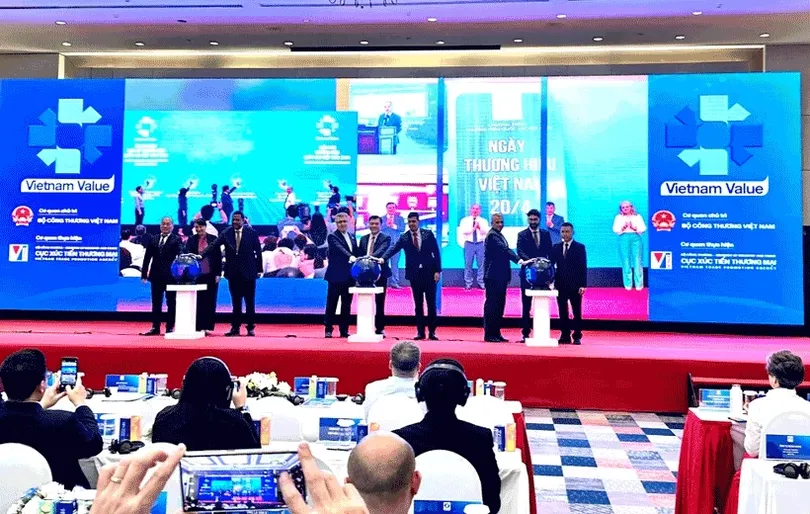




Comment (0)